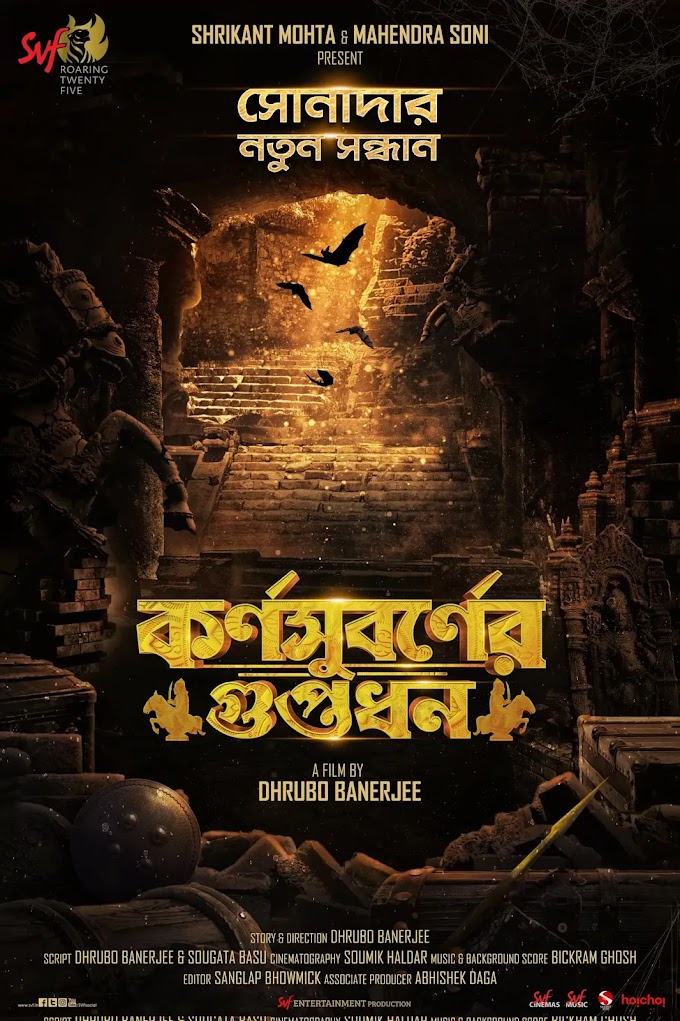Dangal (2016) Movie Cast:
Aamir Khan, Sakshi Tanwar, Zaira Wasim, Sanya Malhotra, Fatima Sana Shaikh, Aparshakti Khurana, Suhani Bhatnagar , Ritvik Sahore, Ananya Sharma, Vivan Bhatena0
Dangal Story:
Dangal revolves around the life of Mahavir Singh Phogat, played by Aamir Khan, a former wrestler who dreams of winning a gold medal for India. However, societal norms and the lack of recognition for wrestling as a sport in the country prevent him from fulfilling his dream. Determined to make his dream a reality, Mahavir decides to train his daughters, Geeta and Babita, in wrestling, challenging the existing gender stereotypes prevalent in the patriarchal society.
The film beautifully captures the transformation of the Phogat sisters, from hesitant young girls to formidable wrestlers. Geeta, portrayed by Fatima Sana Shaikh, emerges as a prominent character who becomes the first Indian female wrestler to win a gold medal at the Commonwealth Games. Zaira Wasim and Suhani Bhatnagar play the younger versions of Geeta and Babita respectively, showcasing their journey from childhood to adulthood.
The film not only portrays the inspirational journey of the Phogat family but also addresses significant social issues prevalent in India. One of the prominent themes explored in the film is the empowerment of women. Through Geeta and Babita's achievements, the film challenges traditional gender roles and highlights the potential of women in sports, thereby encouraging gender equality.
The film also tackles the issue of societal expectations and the pressure to conform. Mahavir's relentless pursuit of success for his daughters, despite facing criticism and opposition, sends a powerful message that dreams should not be confined by societal limitations. It promotes the idea that with dedication, perseverance, and strong family support, individuals can overcome any obstacle.
Aparshakti Khurana brilliantly portrayed the character of Omkar Singh Phogat in this film. As Rajpal's son and Mahavir's nephew, he brought a youthful charm and a sense of mischievousness to the role. Aparshakti's performance captured the complexities of Omkar's journey, from being a reluctant wrestler to eventually embracing his true potential. With his impeccable comic timing and natural acting skills, Aparshakti added a touch of humor to the film, balancing the emotional depth of the story. His chemistry with the other actors, especially his on-screen cousin, was palpable, creating memorable moments on-screen.
Dangal also sheds light on the importance of sports in a nation's identity and the need for recognition of lesser-known sports. By focusing on the sport of wrestling, which has often been overshadowed in India by cricket, the film highlights the potential and talent that lies within the country. It serves as a reminder that India's success should not be limited to a single sport but should extend to diverse arenas.
Technical Aspects:
Dangal's screenplay, dialogues, and direction deserve praise for their meticulous attention to detail. The film successfully creates an authentic atmosphere, capturing the essence of rural Haryana. The wrestling sequences are well-executed and engrossing, effectively portraying the physicality and intensity of the sport.
The film became one of the highest-grossing Indian films of all time. It received critical acclaim for its powerful storytelling, exceptional performances, and thought-provoking themes. Aamir Khan's dedication to the role of Mahavir Singh Phogat shines through his physical transformation and compelling portrayal of a determined father.
Furthermore, the film left a lasting impact on society. It inspired numerous individuals, especially young girls, to pursue sports and break gender barriers. The film became a catalyst for discussions on the importance of sports and gender equality, ultimately encouraging a more inclusive and progressive society.
The cinematography in "Dangal" by Satyajit Pande, known as Setu, was truly remarkable. Setu beautifully captured the essence of the story, using his lens to depict the rugged beauty of the wrestling arenas and the emotional intensity of the characters' journeys. His framing and lighting choices added depth and texture to every scene, immersing the audience in the world of the film.
Ballu Saluja's editing in this film was seamless and precise. The film's pacing was expertly handled, allowing the narrative to unfold with a perfect balance of tension and emotional impact. Saluja's cuts were sharp and purposeful, enhancing the dramatic moments and highlighting the wrestling sequences with energy and excitement.
Pritam's music in this film further elevated the film's storytelling. His compositions were soulful and uplifting, effectively conveying the triumphs and struggles of the characters. The songs blended seamlessly into the narrative, enhancing the emotional resonance of each scene. Pritam's music added a layer of depth and emotional connection, making it an integral part of the film's success.
Conclusion:
Dangal stands as a cinematic masterpiece that celebrates the power of dreams, determination, and familial bonds. It showcases the incredible journey of the Phogat family, inspiring audiences with its powerful themes and exceptional performances. By addressing societal issues such as gender stereotypes and the need for recognition of lesser-known sports, the film goes beyond entertainment, leaving a lasting impact on its viewers. The film serves as a testament to the indomitable human spirit and the triumph of perseverance, reminding us that with unwavering dedication, even the most audacious dreams can be realized.





0 Comments